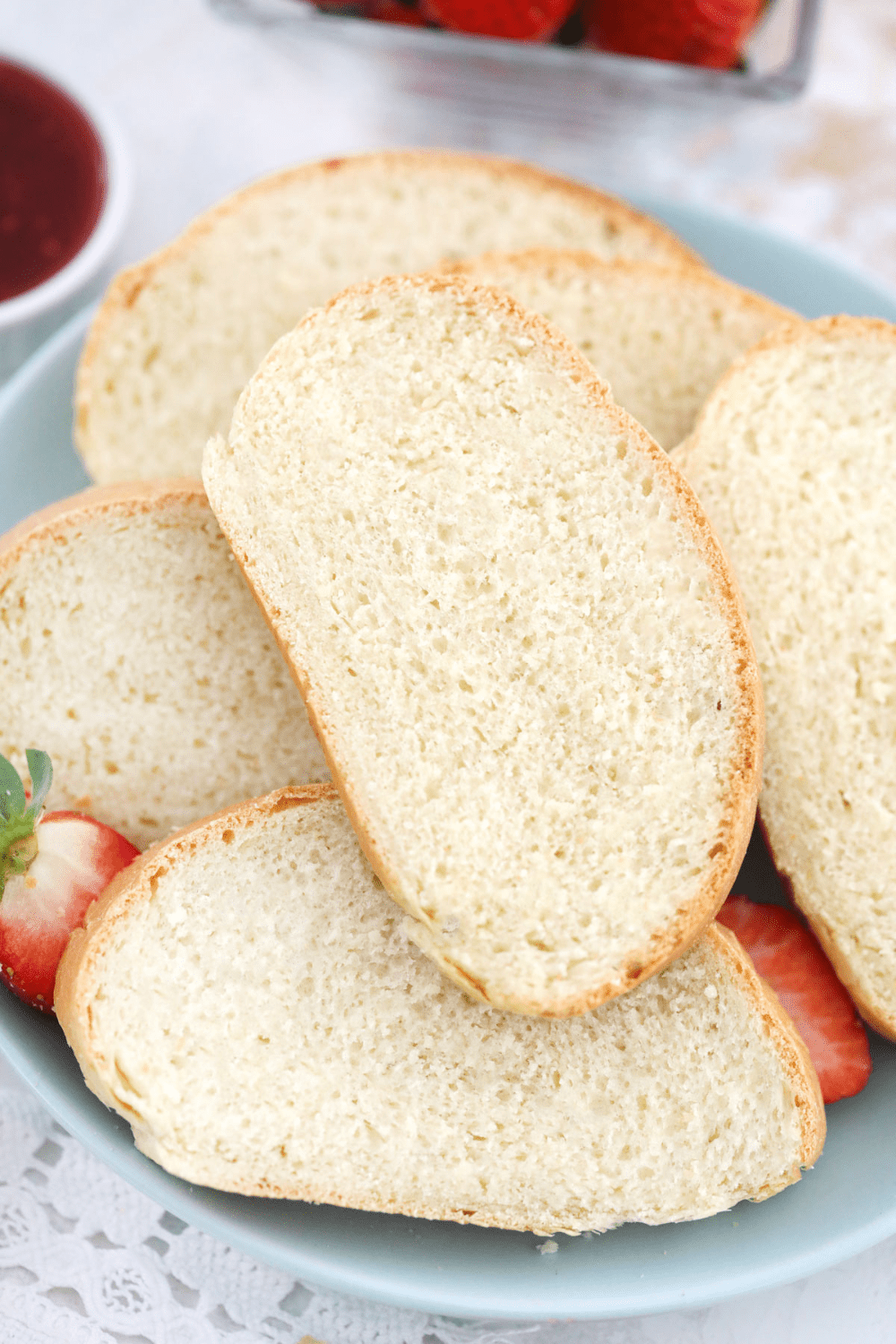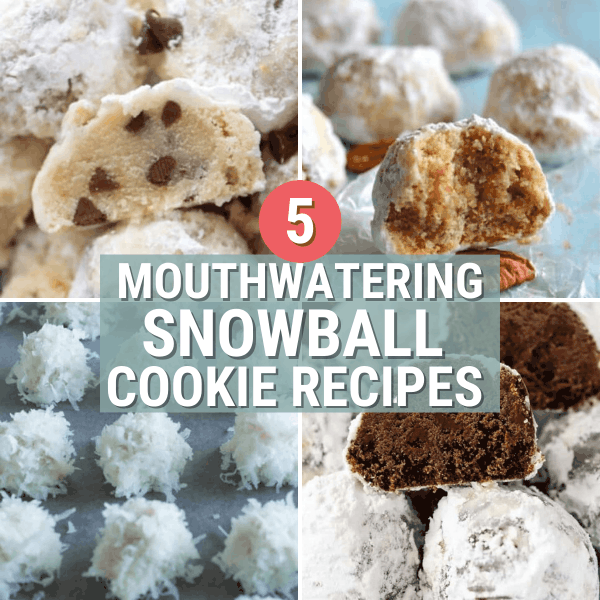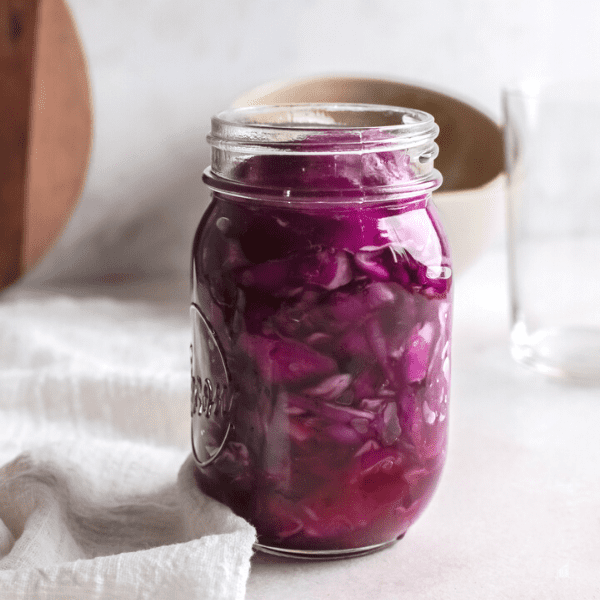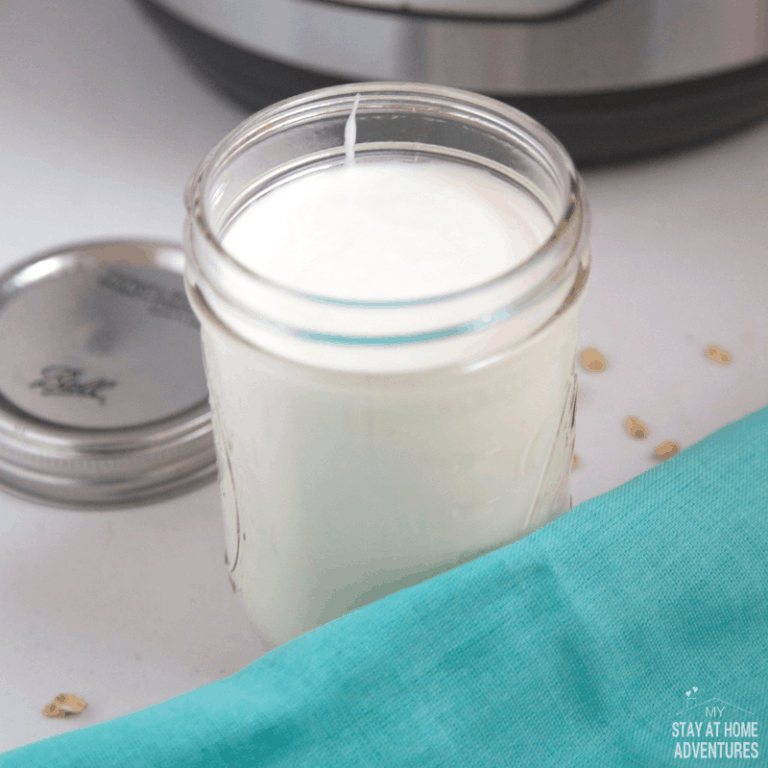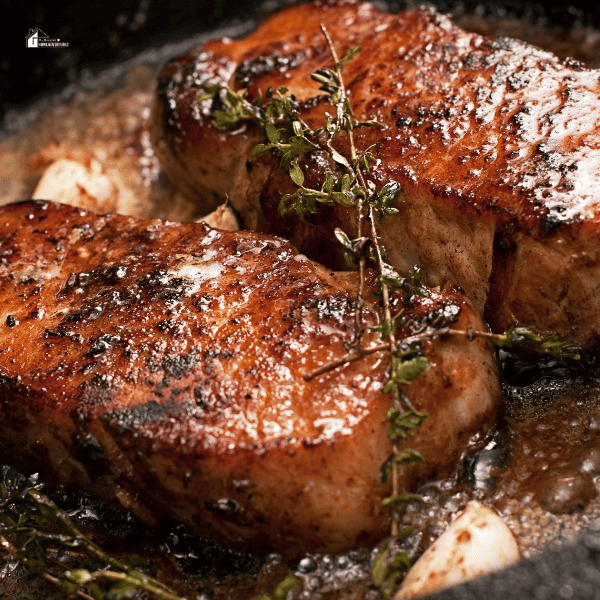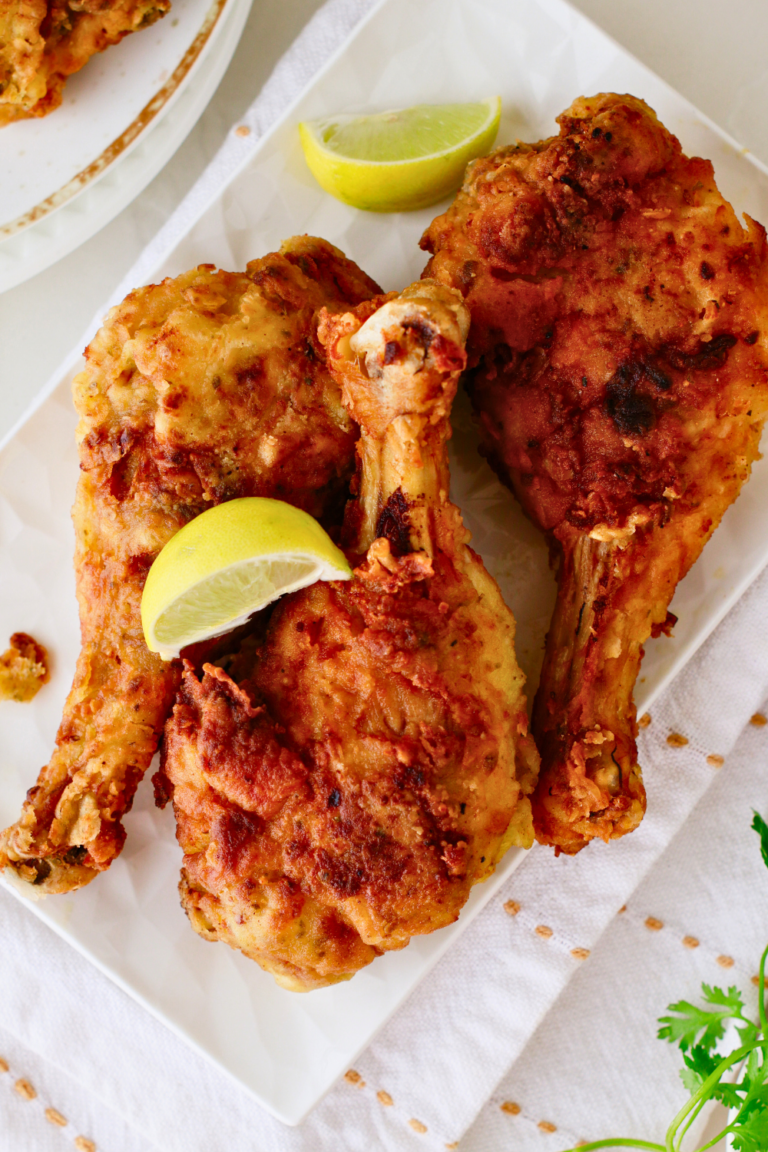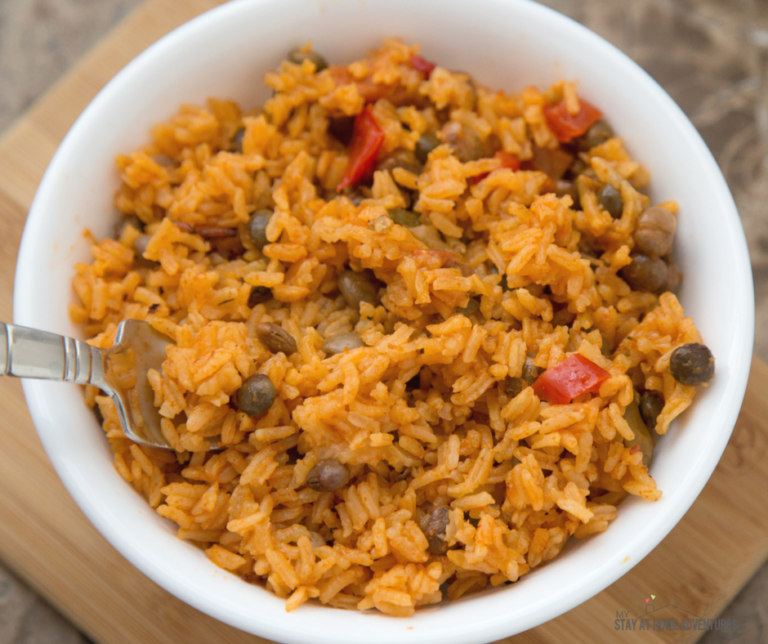Puerto Rican Pan Sobao Recipe
This post may contain affiliate links which might earn us money. Please read my Disclosure and Privacy policies herePan Sobao is a Puerto Rican bread that has been enjoyed for generations. This delicious and versatile bread is an integral part of the culture of Puerto Rico.
Whether you're looking for something special to serve at your next gathering or want an easy snack for yourself, Puerto Rican Pan Sobao will not disappoint.
Not only does pan sobao have a rich cultural history, but it also provides an essential part of the local diet with its complex flavor and texture.
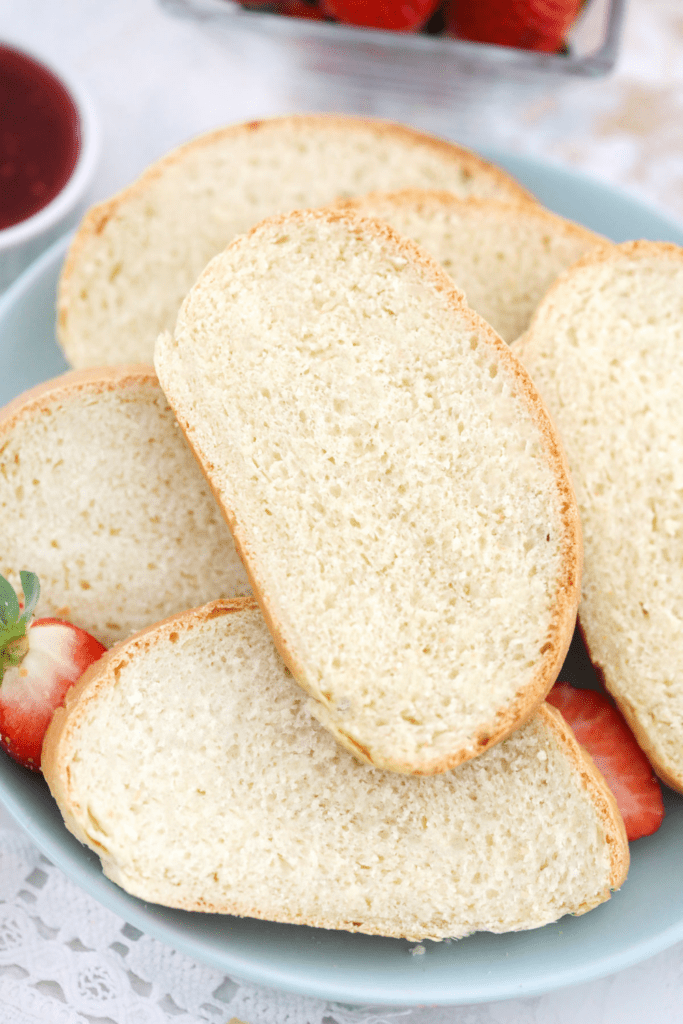
Puerto Rican Pan Sobao
Puerto Rican Pan Sobao, or simply “Sobao,” is a traditional sweet bread originating from the island of Puerto Rico. This deliciously soft and fluffy bread is a cornmeal-based bread, traditionally made with lard and spices, that can be enjoyed either savory or sweet.
This traditional dish has been around since the 1700s and has become a staple of Puerto Rican cuisine.
Whether served hot right out of the oven or toasted and served with butter, Puerto Rican Pan Sobao will surely delight your taste buds.
Pan Sobao versus Pan de Agua
Puerto Rican pan sobao and pan de agua (water bread) may seem similar to those unfamiliar with these cultural staples, but the two have distinct differences. Pan sobao, also known as pan de manteca (lard bread), is semi-sweet, super soft, and fluffy. Traditionally made with lard, this bread has a chewy texture and is sold in pairs of two loaves.
On the other hand, pan de agua is a simpler bread made with water, flour, yeast, and salt. It is lighter and airier than pan sobao and is a key ingredient in the famous Cuban sandwich. Though both are well-loved by Puerto Ricans, pan sobao is not to be confused with pan de agua, as each has a unique taste and texture.
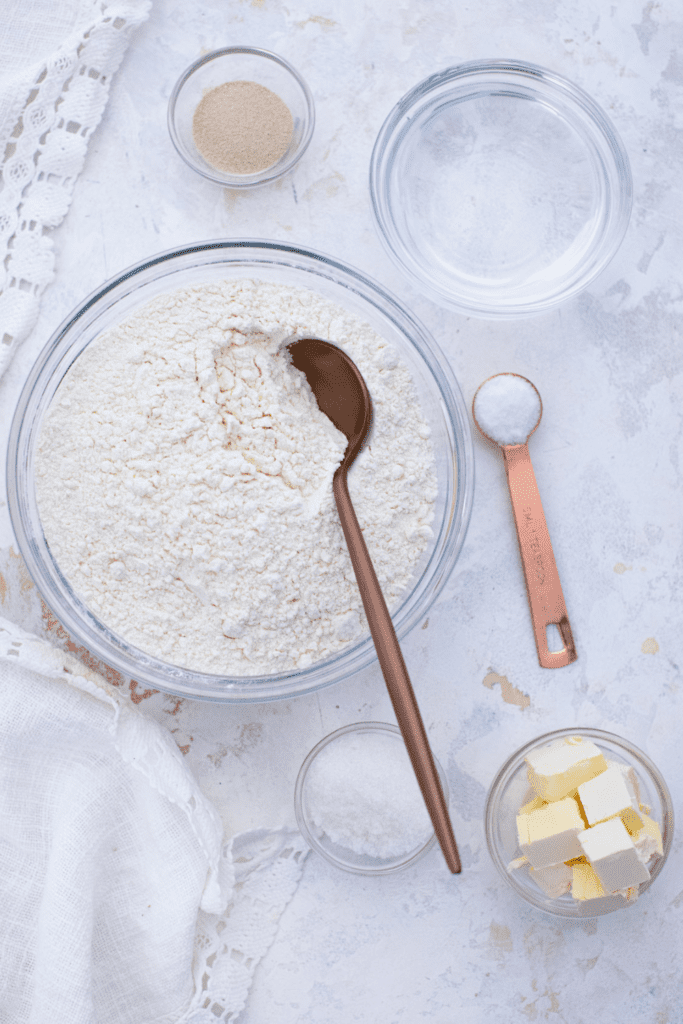
Ingredients needed:
The following ingredients for making this traditional loaf of bread are shown below. Scroll down to access our printable recipe card with step-by-step directions and measurements.
- Warm water: 105 F
- Active dry yeast
- White granulated sugar
- Vegetable shortening or butter
- Bread flour: divided
- Kosher salt
- Cooking spray: for greasing the bowl
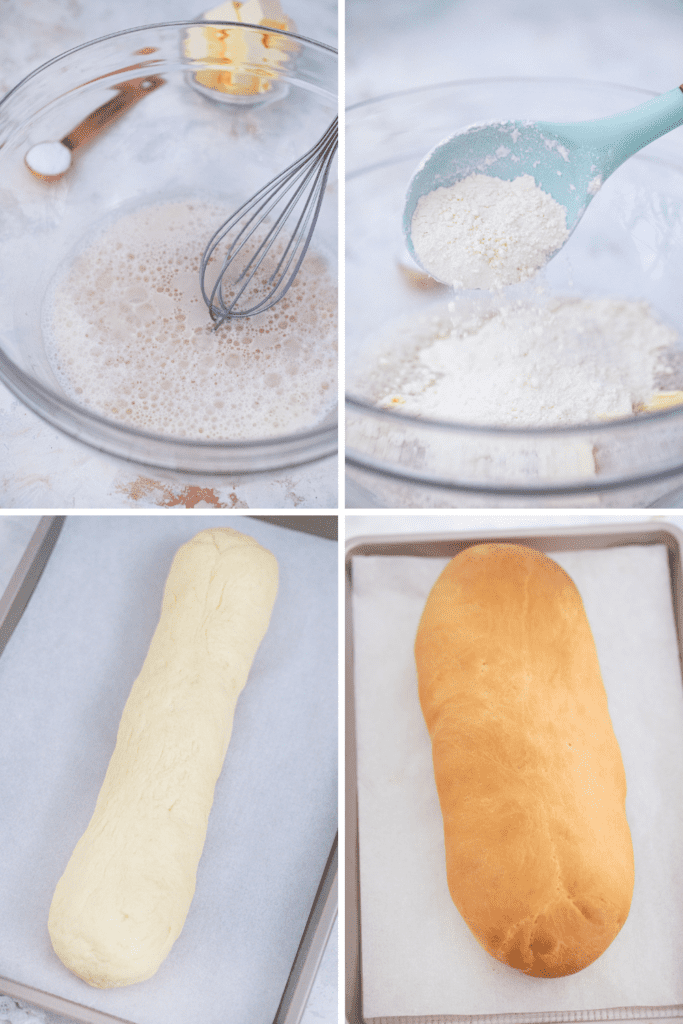
How to cook Puerto Rican Pan Sobao from scratch?
- Bloom the Yeast Mixture: Start by mixing the warm water, yeast, and sugar in a medium mixing bowl and stir until it dissolves completely. Then, let it stand for 15 minutes to allow the yeast to bloom. Repeat this step if the yeast does not bloom.
- Combining the other Ingredients: After the yeast blooms, add in the shortening, about 1 cup of bread flour, and the kosher salt into the mixture, and mix everything using a wooden spoon. Then, add the bread flour 1/4 cup at a time, mixing after each addition until the dough begins to pull from the sides of the bowl.
- Knead the Dough: Gather the dough into a ball and transfer it to a lightly floured board. Start to knead it for about 10 minutes while adding bread flour one tablespoon at a time, as needed when it's sticky. The end result should be a smooth and elastic dough.
- Rise the Ball of Dough: Place the ball of dough into a lightly greased bowl and flip it over to ensure that both sides are greased to avoid drying out. Cover with a lint-free, clean kitchen towel and let it rise warmly for one hour or until double in size.
- Punch Down the Dough: Punch down the dough to deflate it, and transfer it to a lightly floured surface, form it into a ball, cover it with a kitchen towel, and let it stand for 5-10 minutes. Knead it for about 2 minutes, form it into a ball, cover it again, and let it rest for 15 minutes.
- Roll the Dough: Roll the dough to shape it into a long baguette, about 12 inches long and of even thickness. Transfer it to a parchment-covered baking sheet, cover it with a towel, and let it rise for 30 minutes.
- Bake: Preheat the oven to 400 F and place the bread on the middle rack; bake for 25 to 30 minutes, until the top is golden brown and the bread sounds hollow when tapped underneath.
- Serve: Transfer it to a wire rack to cool. After that, slice it and serve it.
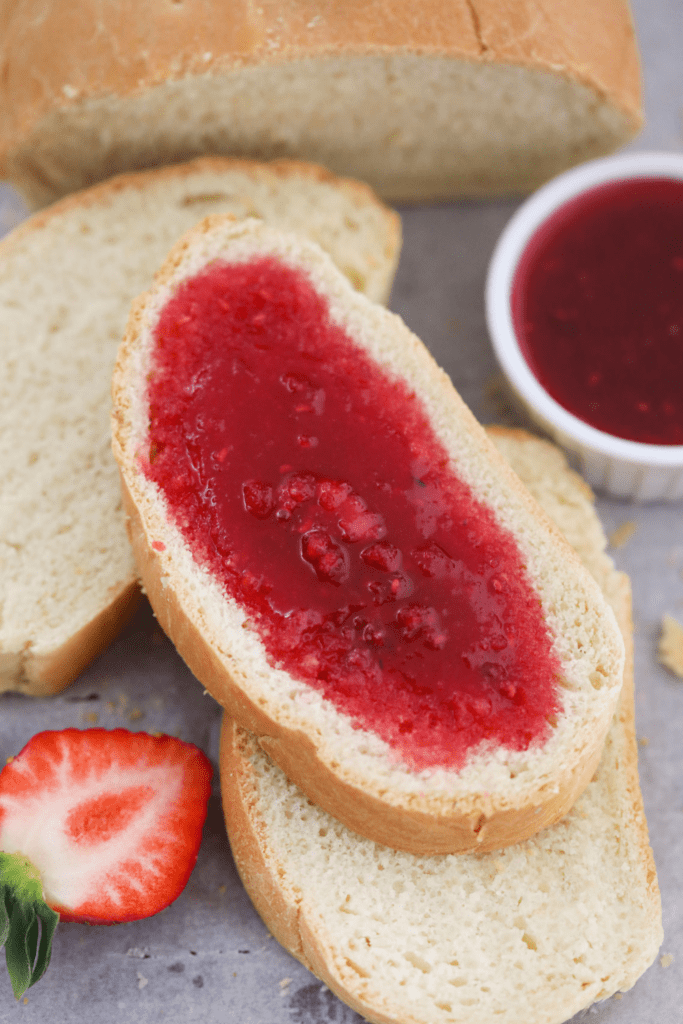
How to serve:
Puerto Rican pan sobao can be served in various ways, depending on the occasion and desired accompaniments. It can be enjoyed on its own as part of a classic breakfast or brunch, stuffing it with your favorite fillings such as meats and vegetables, fried plantains, or cream cheese.
There are also popular dishes that can be made with pan sobao, breakfast ham and cheese, and pan sobao French toast. Additionally, you can enjoy it as a snack or dessert with your favorite sweet topping, such as honey or jam.
You might enjoy these posts:
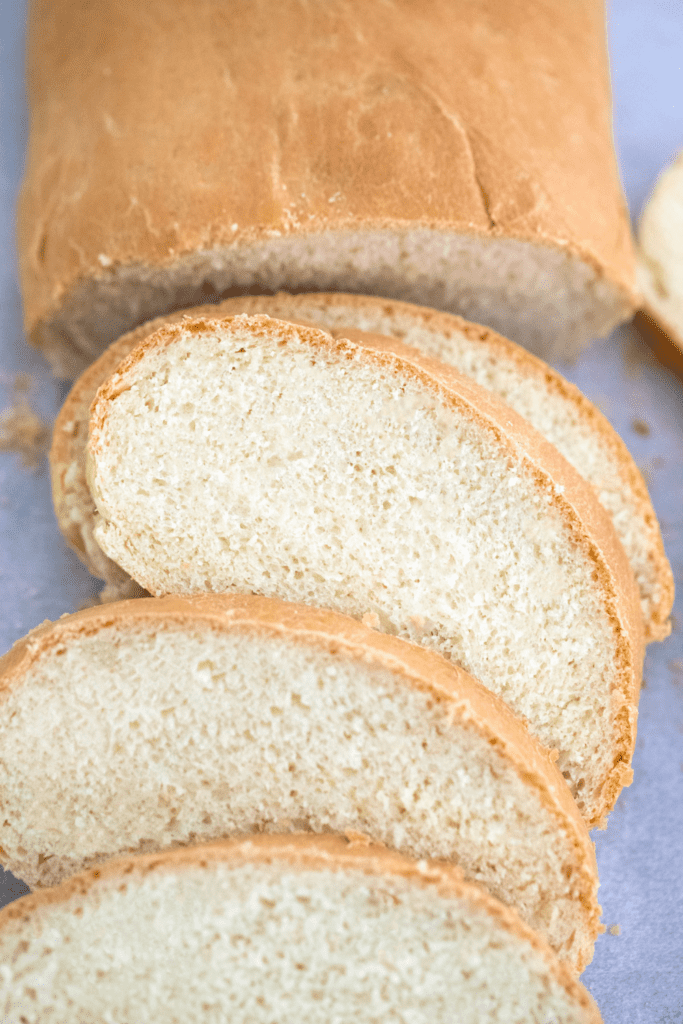
Frequently asked questions
Why is it called Pan sobao?
Pan sobao is a traditional Puerto Rican bread that has been around for centuries. Its name is Spanish and literally translates to “kneaded bread.”It's called this because it is light, fluffy, and very soft in texture, making it an ideal accompaniment to many dishes.
What is the history of pan sobao?
The first records of pan sobao in Puerto Rico date back to the 1800s. The recipe for pan sobao originated in Spain and was brought over by Spanish immigrants who settled in Puerto Rico. These immigrants adapted the recipe to suit their tastes and the ingredients available on the island.
They added sugar to give it a slight sweetness, which sets it apart from typical Spanish bread. It was originally created as an inexpensive way to feed large groups of people, although it was eventually adopted into traditional cuisine throughout the island.
Since then, it has become a beloved staple in many households and is now enjoyed with all types of meals, from breakfast to dinner.
What is the difference between Puerto Rican bread and Italian bread?
The main difference between Puerto Rican bread and Italian bread is the texture and ingredients used. Puerto Rican Pan Sobao is light, fluffy, and very soft in texture, whereas Italian bread is denser with a crunchier crust and chewier texture.
Regarding ingredients, Puerto Rican Pan Sobao often contains yellow cornmeal or pork lard, while Italian bread can include olive oil, sugar, eggs, or herbs such as oregano. Puerto Rican pan sobao is also served with many dishes or as snacks/desserts.
At the same time, Italian bread may be enjoyed as part of an antipasti platter or a side dish to soup or pasta dishes.
How to store leftovers:
The delicious aroma and taste of freshly baked Puerto Rican bread are hard to resist. However, keeping it fresh can be a challenge, especially if you don't know the right techniques for storing it correctly. The best way to keep Puerto Rican bread fresh is to store it in an airtight container or plastic bag.
Additionally, you can freeze the bread if you won't eat it immediately. You may also consider using aluminum foil instead of plastic wrap for longer storage periods. If you are keeping the bread at room temperature, make sure to cover it with a clean towel or cloth to avoid drying out the bread.
Another tip is to avoid exposing the bread to direct sunlight, heat, or humidity, which can speed up spoilage.
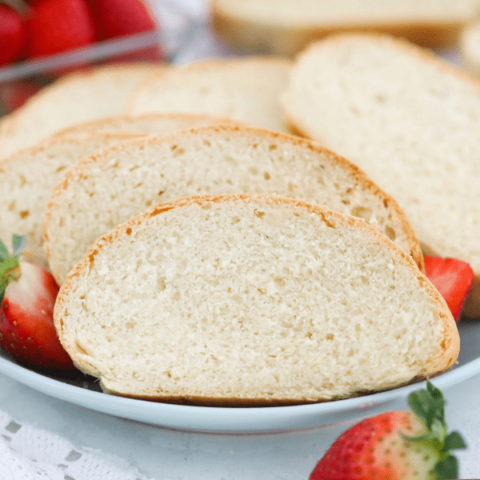
Puerto Rican Pan Sobao
Puerto Rican Pan Sobao is a delicious and versatile Puerto Rican bread. If you're looking for something special to serve at your next gathering this will not disappoint.
Ingredients
- 3/4 cup warm water, 105 F
- 1 packet of active dry yeast, 2 1/4 teaspoons
- 2 tablespoons white granulated sugar
- 3 tablespoons of vegetable shortening, or butter
- 2 1/2 cups bread flour, divided
- 1/2 teaspoon kosher salt
- Cooking spray, for greasing bowl
Instructions
- In a medium mixing bowl, combine the warm water, the yeast and sugar, stir until completely dissolved. Let it stand for 15 minutes to allow the yeast to bloom. If the yeast does not bloom, discard the mixture and repeat this step.
- Mix the shortening into the mixture, then about 1 cup of bread flour and the kosher salt, and mix everything using a wooden spoon.
- Add the bread flour 1/4 cup at a time, mixing after each addition, until the dough begins to pull from the sides of the bowl.
- Gather the dough into a ball, it will still be just a bit sticky, and transfer it to a lightly floured board. Knead it for about 10 minutes, adding bread flour one tablespoon at a time, as needed when it's sticky. The end result should be a smooth and elastic dough.
- Place the ball of dough into a lightly greased bowl and flip it over, to ensure that both sides are greased to avoid drying out. Cover with a lint-free, clean kitchen towel and let it rise in a warm place for one hour, or until double in size.
- Punch down the dough to deflate it, and transfer it to a lightly floured surface, form it into a ball, cover it with a kitchen towel, and let it stand for 5-10 minutes.
- Knead it for about 2 minutes, from it into a ball, cover it again, and let it rest for 15 minutes.
- Roll the dough to shape it into a long baguette, about 12 inches long and of even thickness.
- Transfer it to a parchment-covered baking sheet, cover it with a towel, and let it rise for 30 minutes.
- In the meantime, preheat the oven to 400 F and place the bread on the middle rack, bake for 25 to 30 minutes, until the top is golden brown and the bread sounds hollow when tapped underneath.
- Transfer it to a wire rack to cool, after that slice it and serve it.
Recommended Products
As an Amazon Associate and member of other affiliate programs, I earn from qualifying purchases.
Nutrition Information:
Yield: 1 Serving Size: 1Amount Per Serving: Calories: 5397Total Fat: 413gSaturated Fat: 46gTrans Fat: 0gUnsaturated Fat: 354gCholesterol: 52mgSodium: 1006mgCarbohydrates: 370gFiber: 10gSugar: 26gProtein: 45g
These nutritional calculations might not be accurate. Please speak with a licensed nutritionist to assist you.

